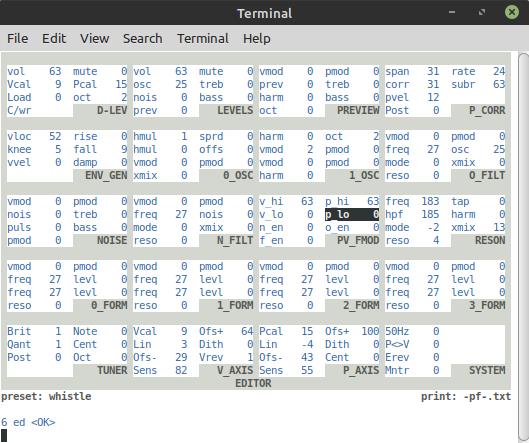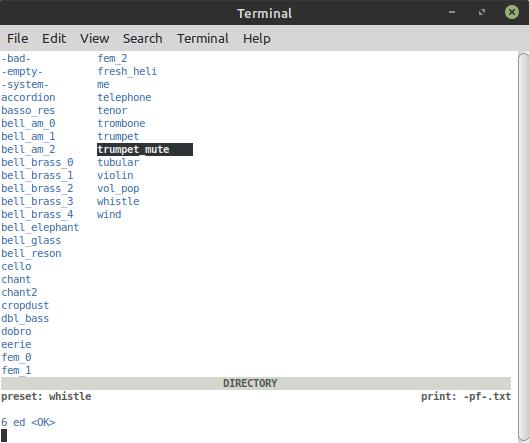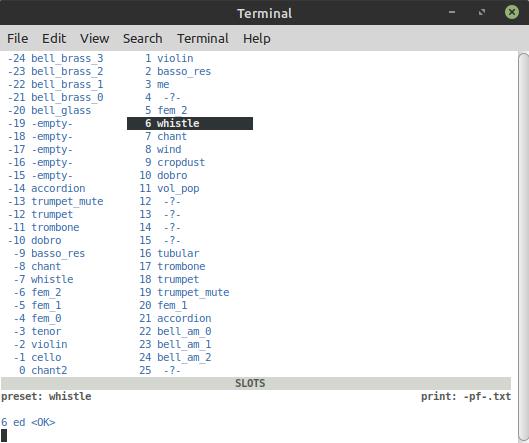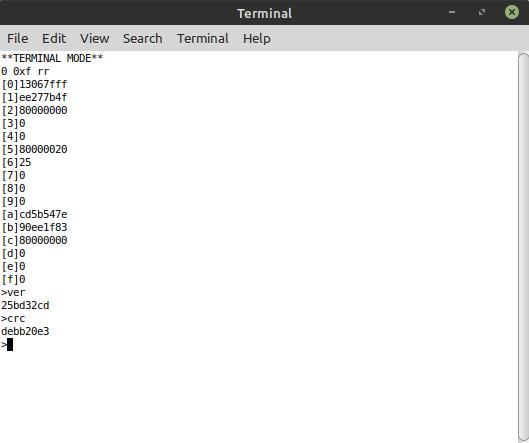"I once found a pretty neat, and hundreds years old, "symmetrical" piano scheme, no weird alterations of how many half tones are between two given keys, and it even managed to still kinda highlight the usual piano C key for orientation, to get used to. Alas I forgot the name of it. There were some youtube vids, can't find them. Some of the "big" keys where black, and some of the "small" ones white, in some alternating pattern, IIRC, but it's blurry. (but it was with regular key layout otherwise, not that weird stuff with multiple rows of keys or hexagonal things) There was a page explaining it in detail: Learning 2 shapes instead 12 for everything (or really just 1, which is shifted between starting with a big vs. small key). Wouldn't that be nice." - tinkeringdude
Would that be the "Balanced" AKA "6-6" or "Six-Six" keyboard?: http://balanced-keyboard.com/PeopleAndResources.aspx (god I love old school web sites!)

I like the idea implemented on this accordion, where three rows allow the player to learn just two major scale types (one for each hand if it were laying down horizontally to play like a piano), two major triads, etc. instead of four:

I had a cardboard prototype from years ago where I had a similar arrangement, but the keys were arranged on facets of a long flat prism, and you would hold it between your arms more or less vertically to play (imagine the accordionist above reaching his left hand over to play with the right hand). With that arrangement one would only need to learn a single major scale, a single major triad, etc. as the hands are vertically symmetric (though of course they could get in the way of each other).
"Obviously, it never took on. Perhaps once people are entrenched in a complex system and infrastructure of teaching between generations is in place, there's not enough appeal in a more logical system, the other stuff has too much weight."
I feel in my bones that someone will do it though. Make an instrument that is really easy to learn, fun to play, highly portable, and can be studied in a classical fashion. It could be the next guitar (can you imagine walking into a Guitar Center and seeing your creation lining the walls?). Stick a section of actuators at the bottom of the prism arrangement I described above for strumming and such:
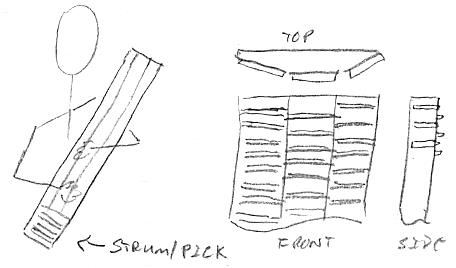
The "Balanced" layout already packs an octave smaller than normal (good for the generally smaller hands of women and children - the bulk of the piano playing community!), but the keys could be made fairly thin with a lot of space in between (think monster guitar frets), which would enable one to pack even more keys into a smaller space without negatively impacting playability. I think the "flattened prism" shape allows the player to better "feel" where they are on it, as opposed to an entirely flat keyboard, and it may allow the hand to be more relaxed when playing it too. I would probably aim for as flat a prism as possible, while still being able to feel one's way around. Also, you can do a chromatic slide on this by running a finger down either of the middle two prism corners, where all the key ends congregate (chromatic slides are really important IMO).


